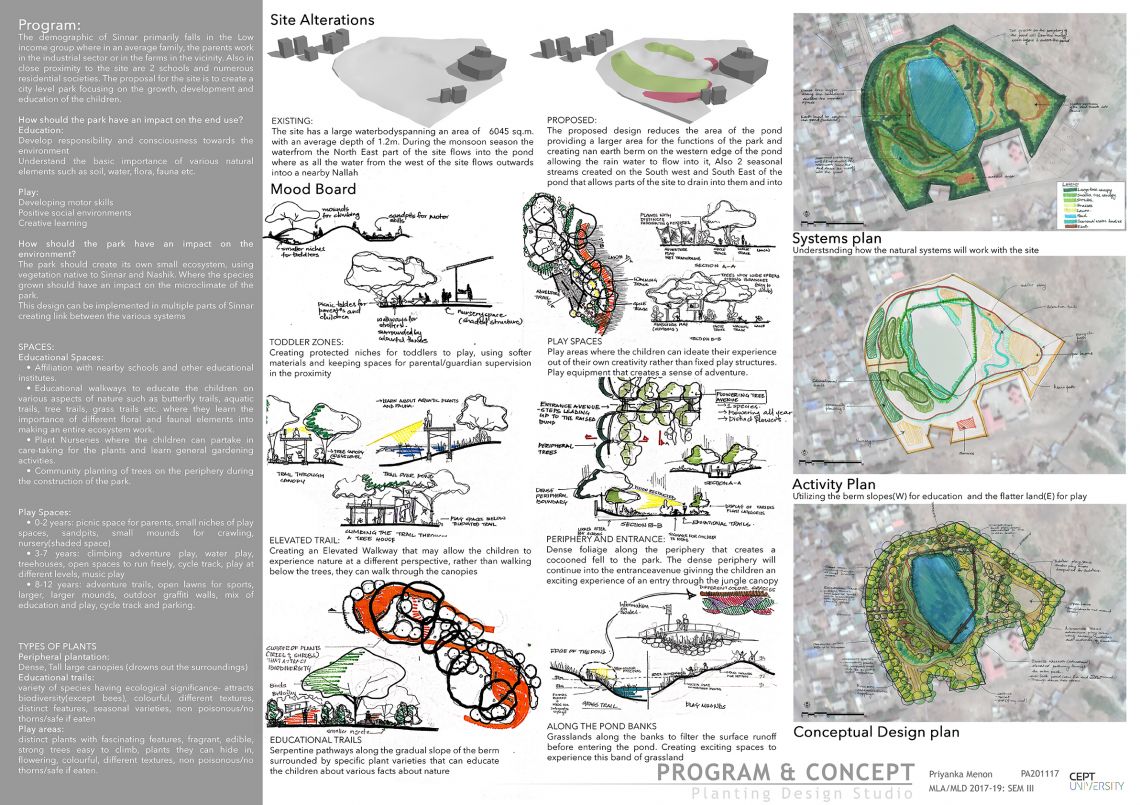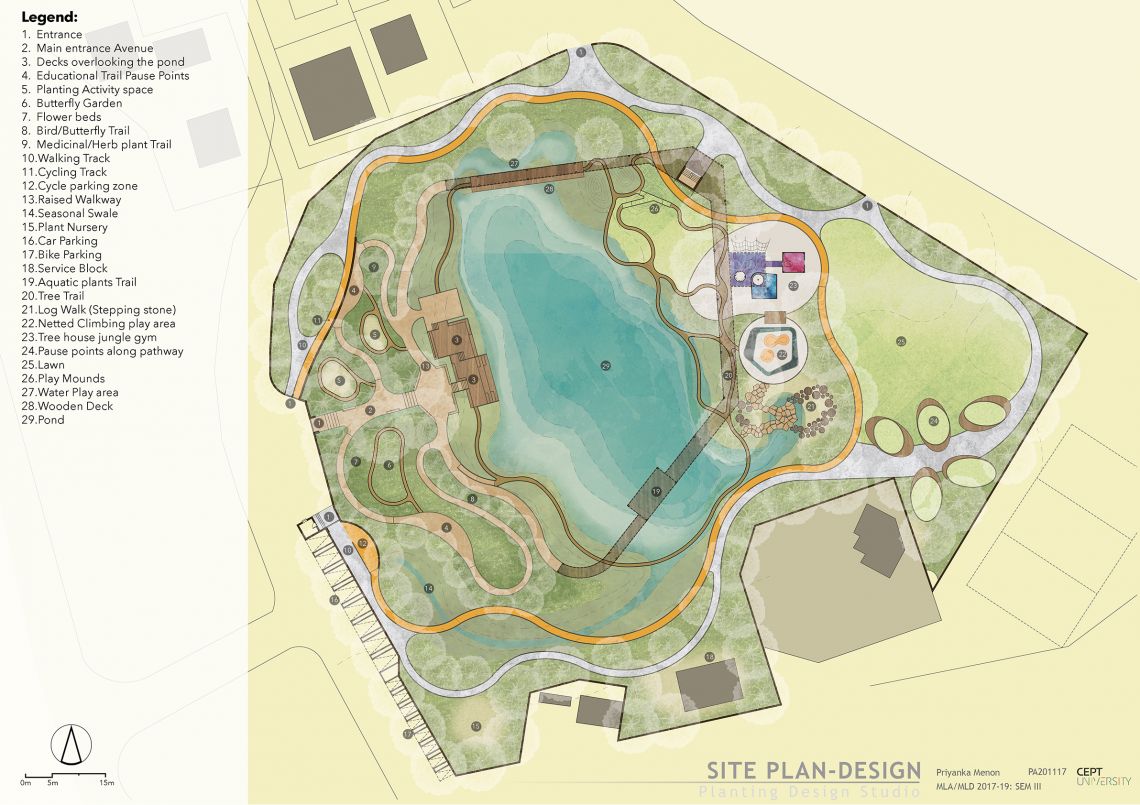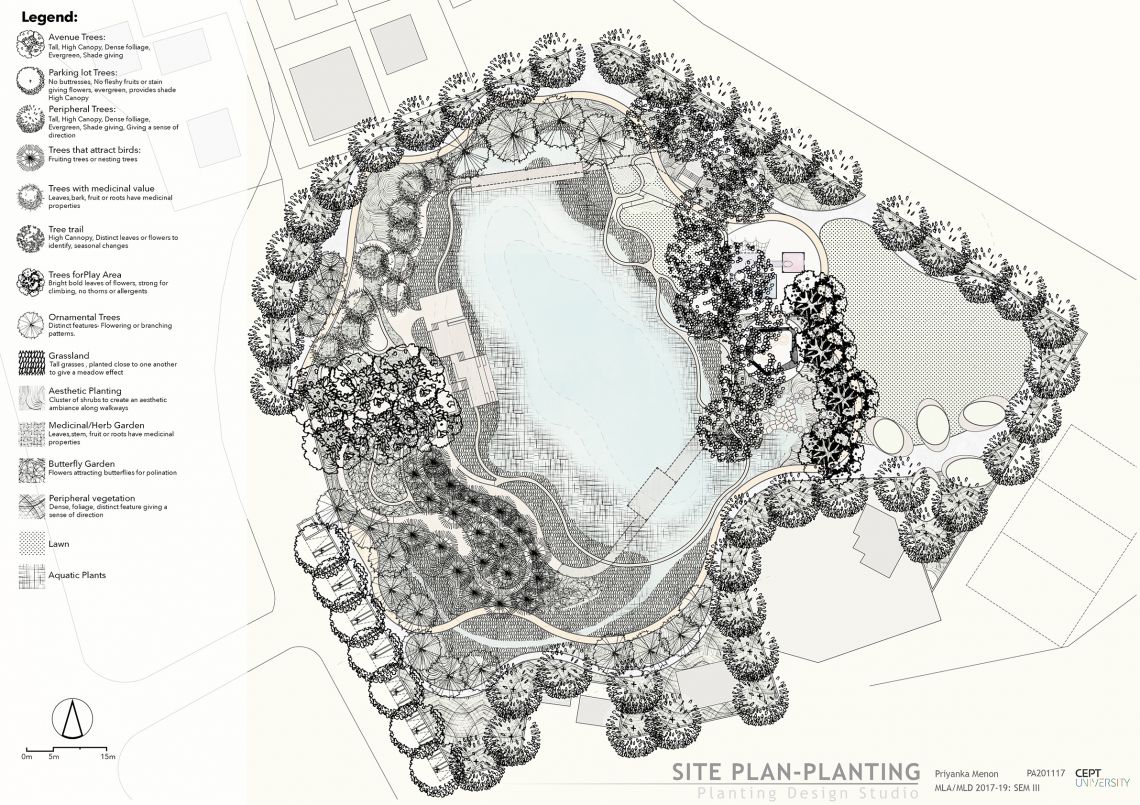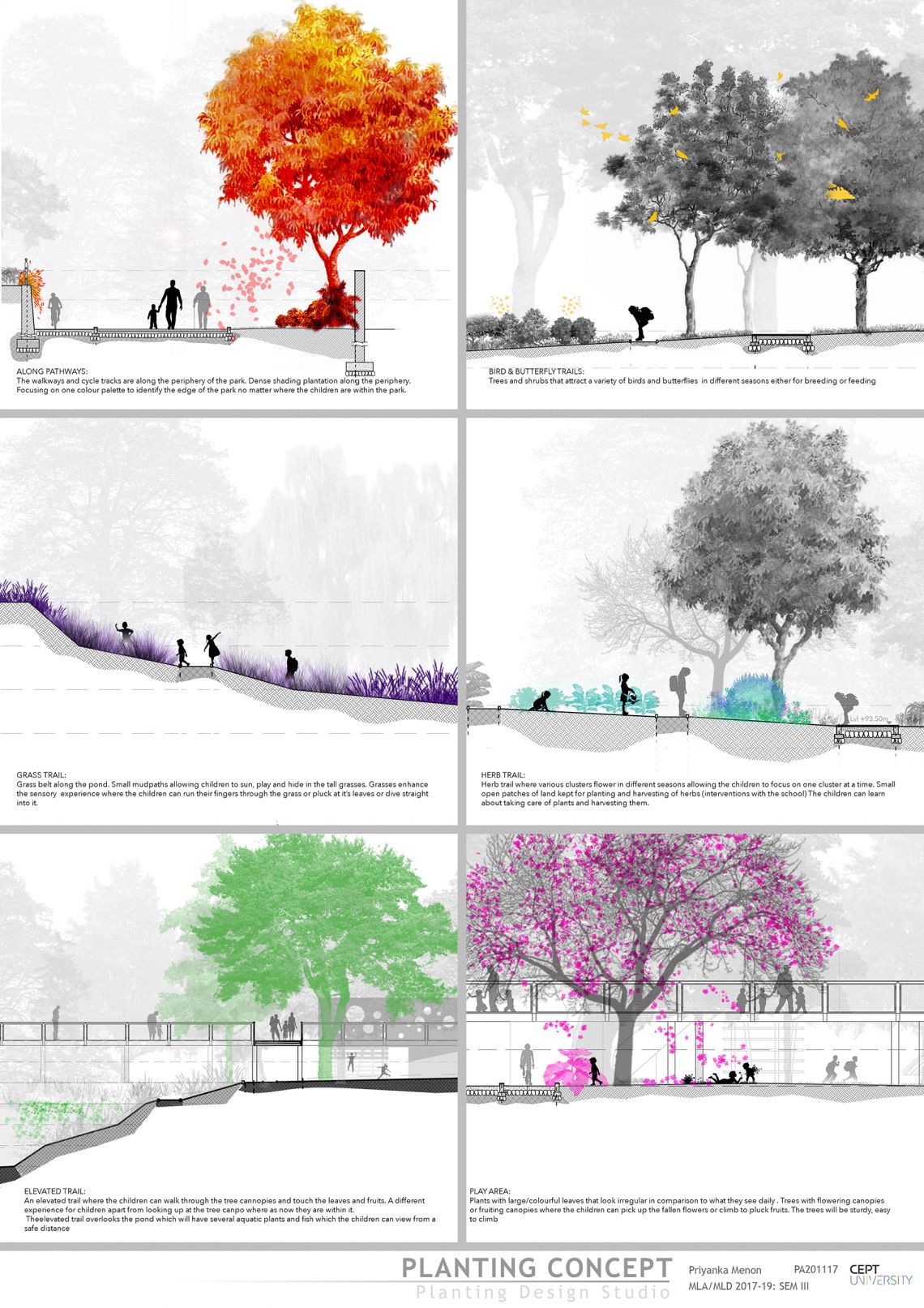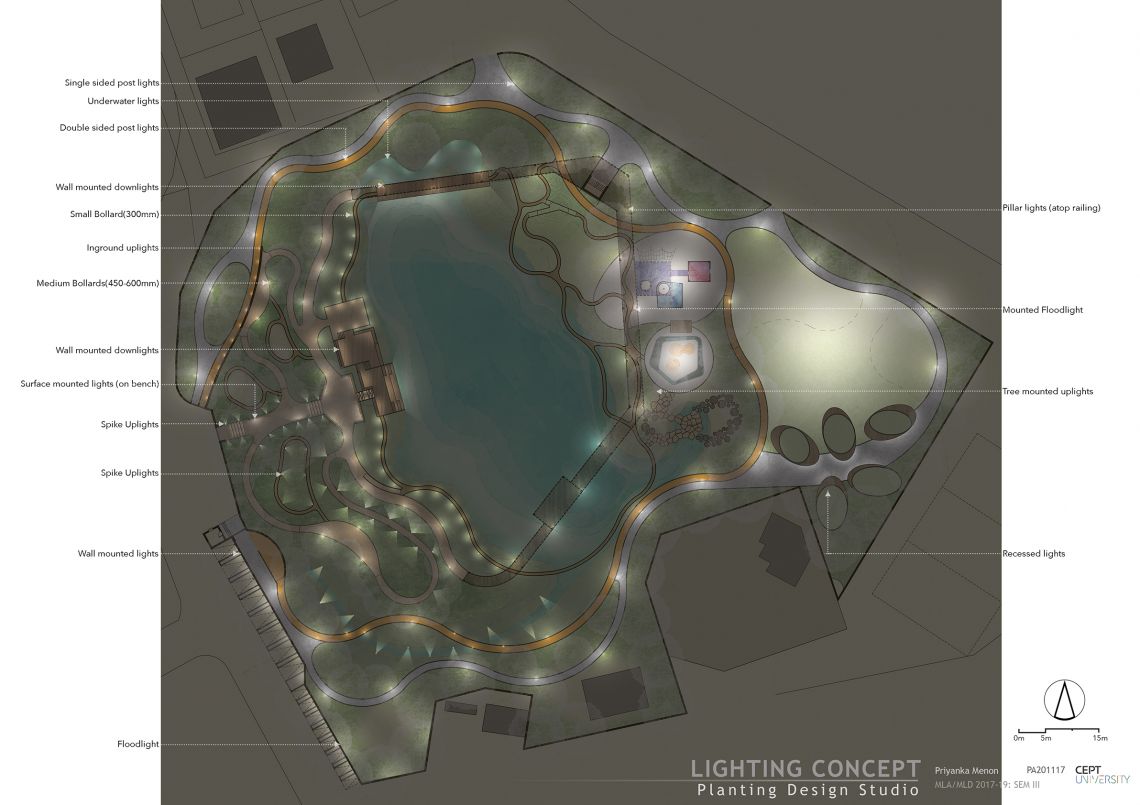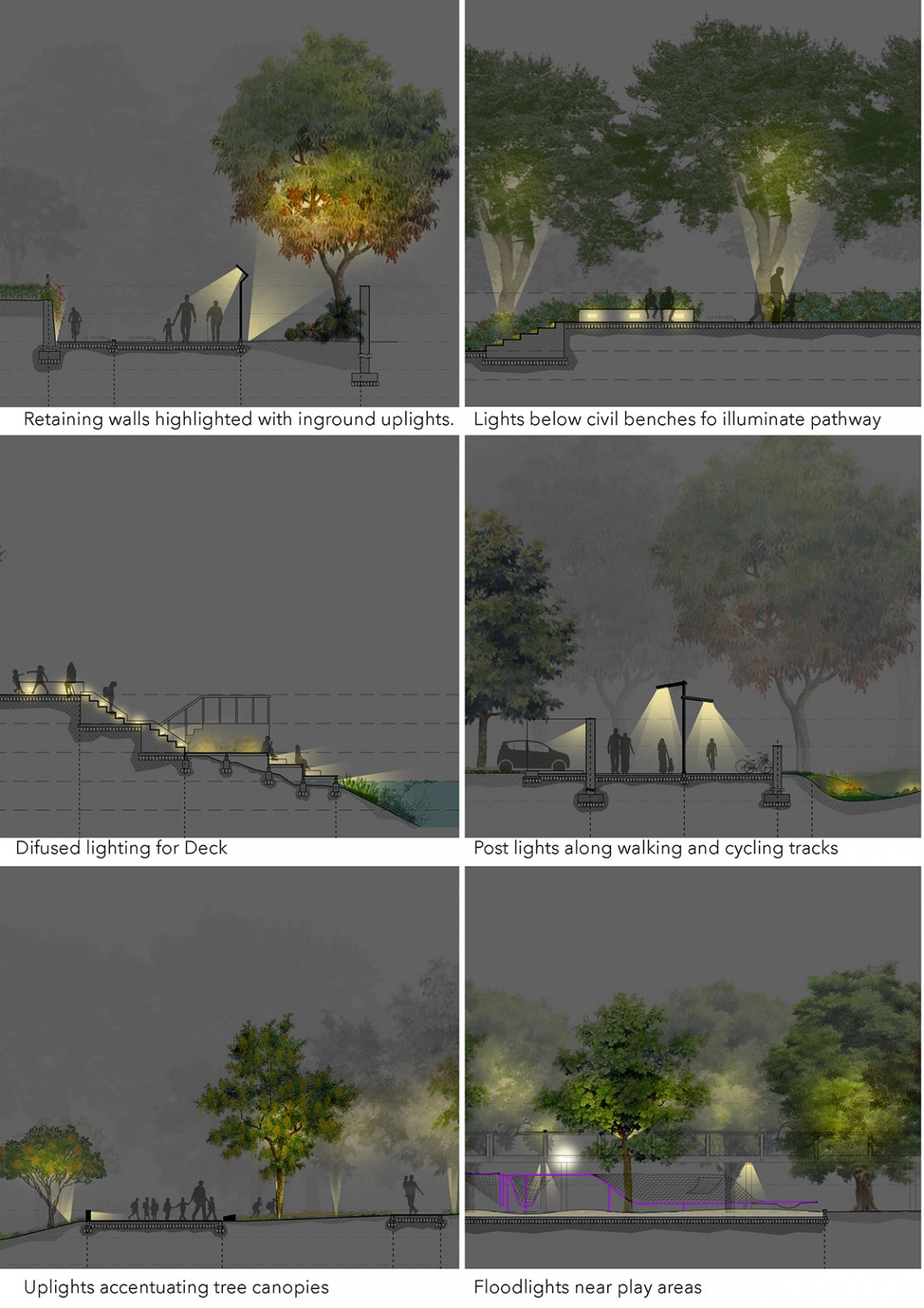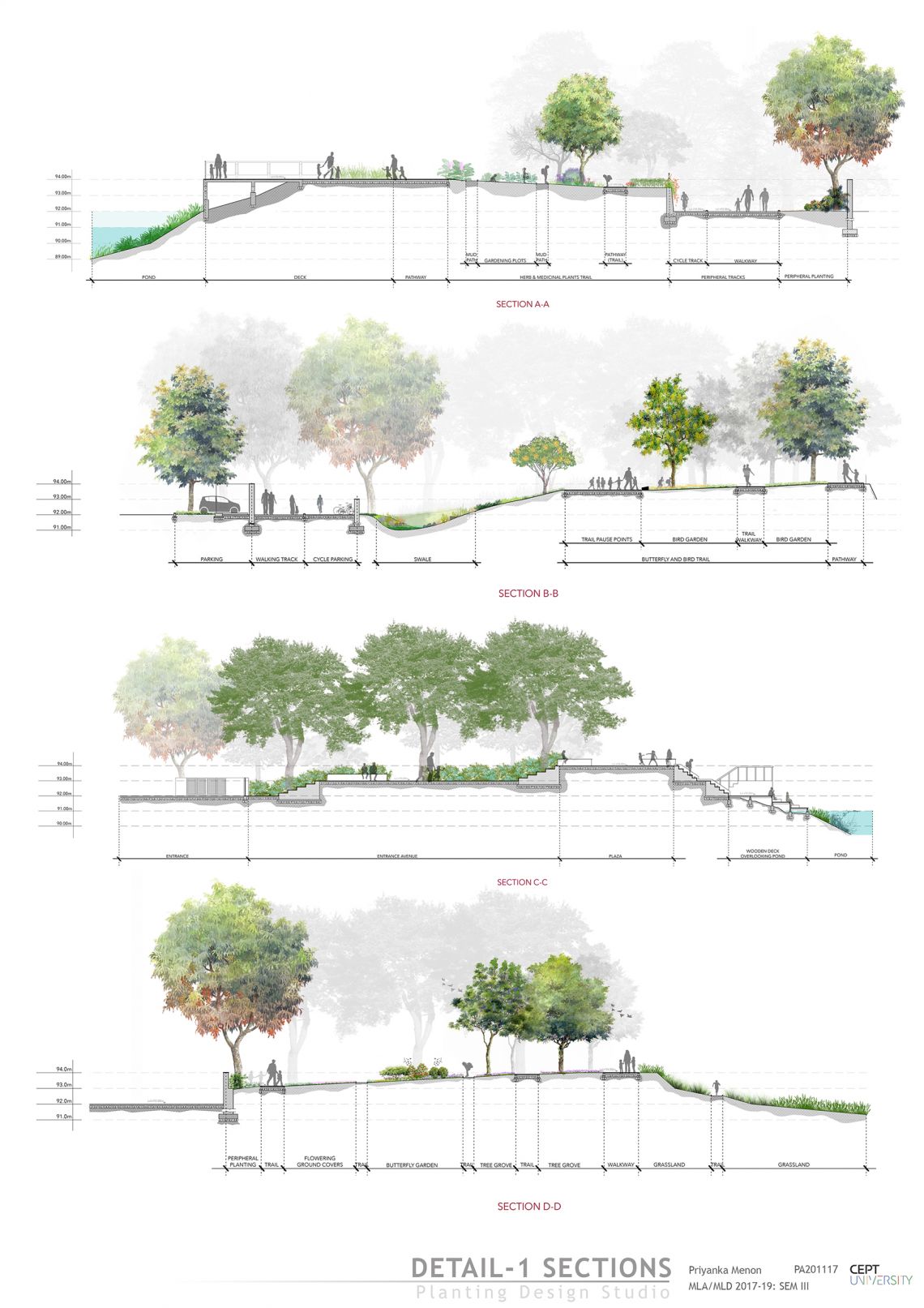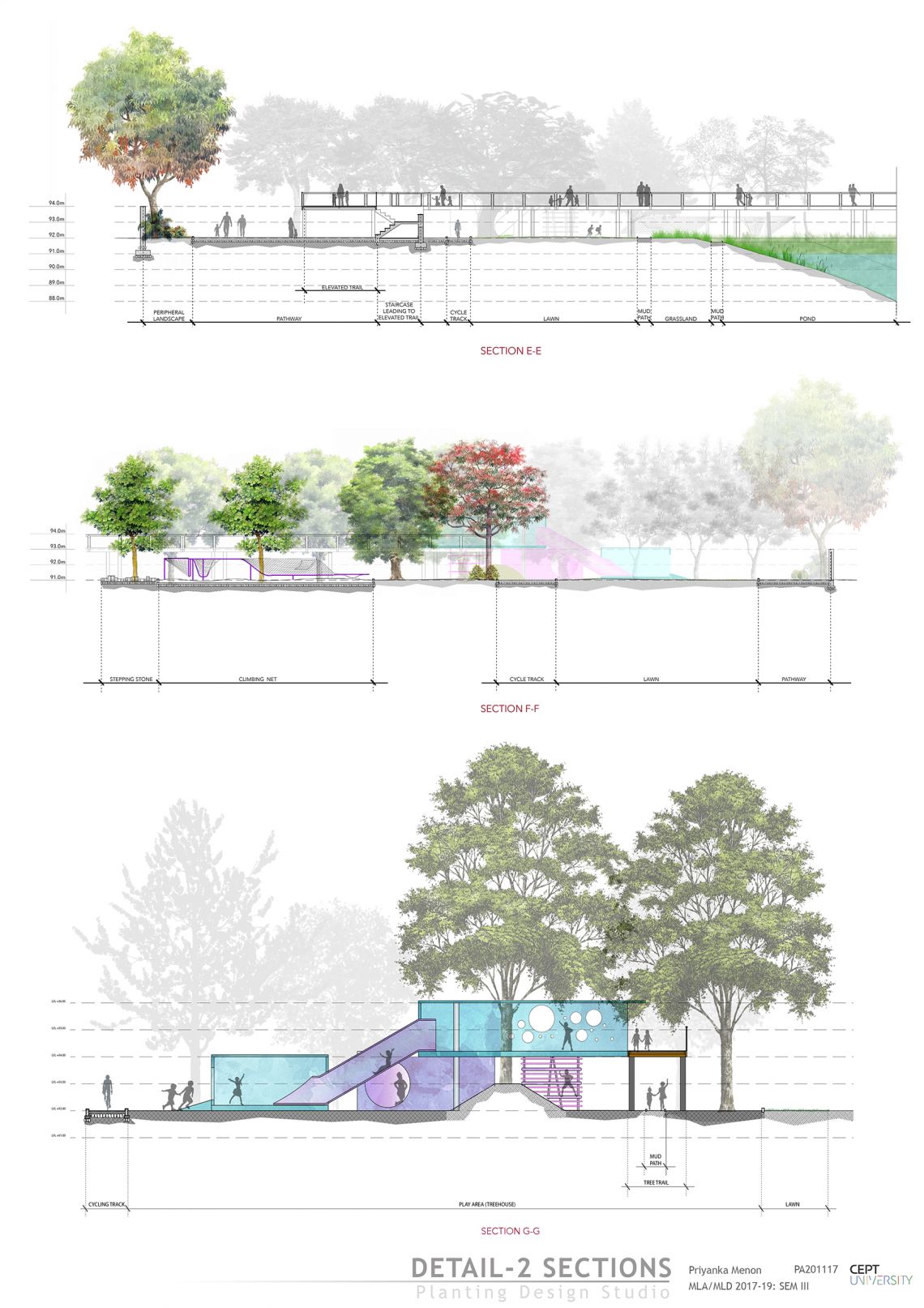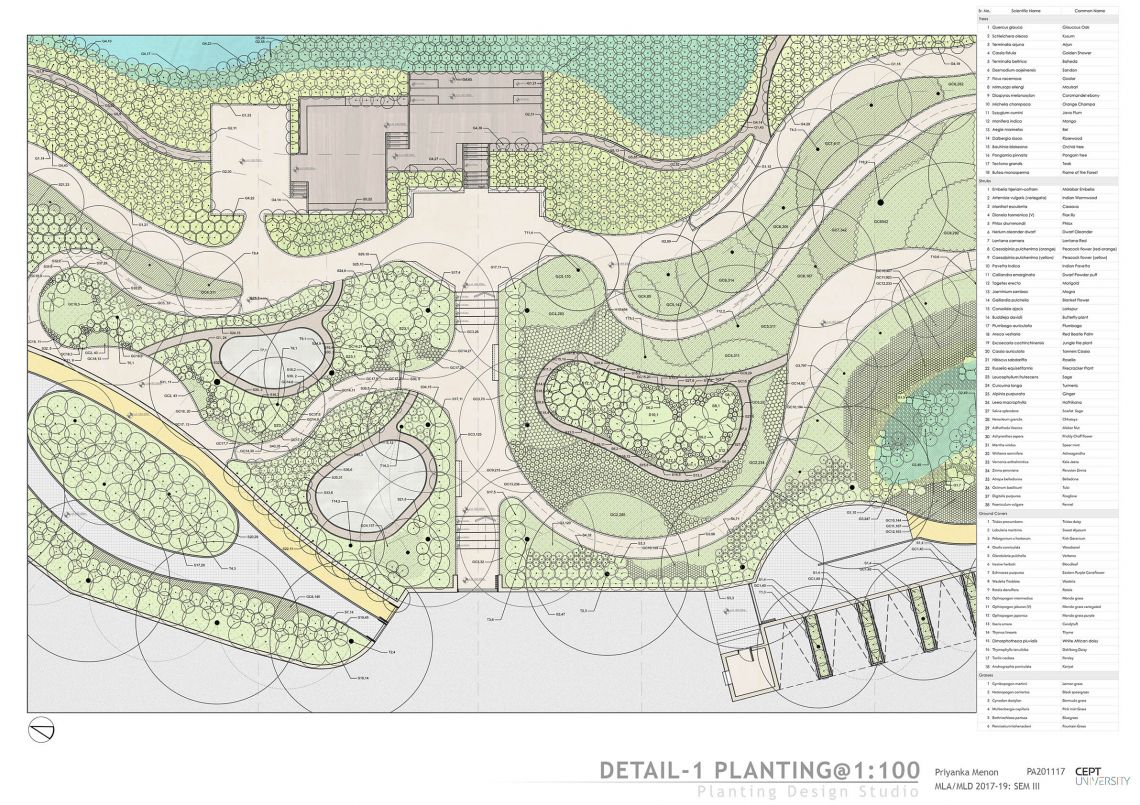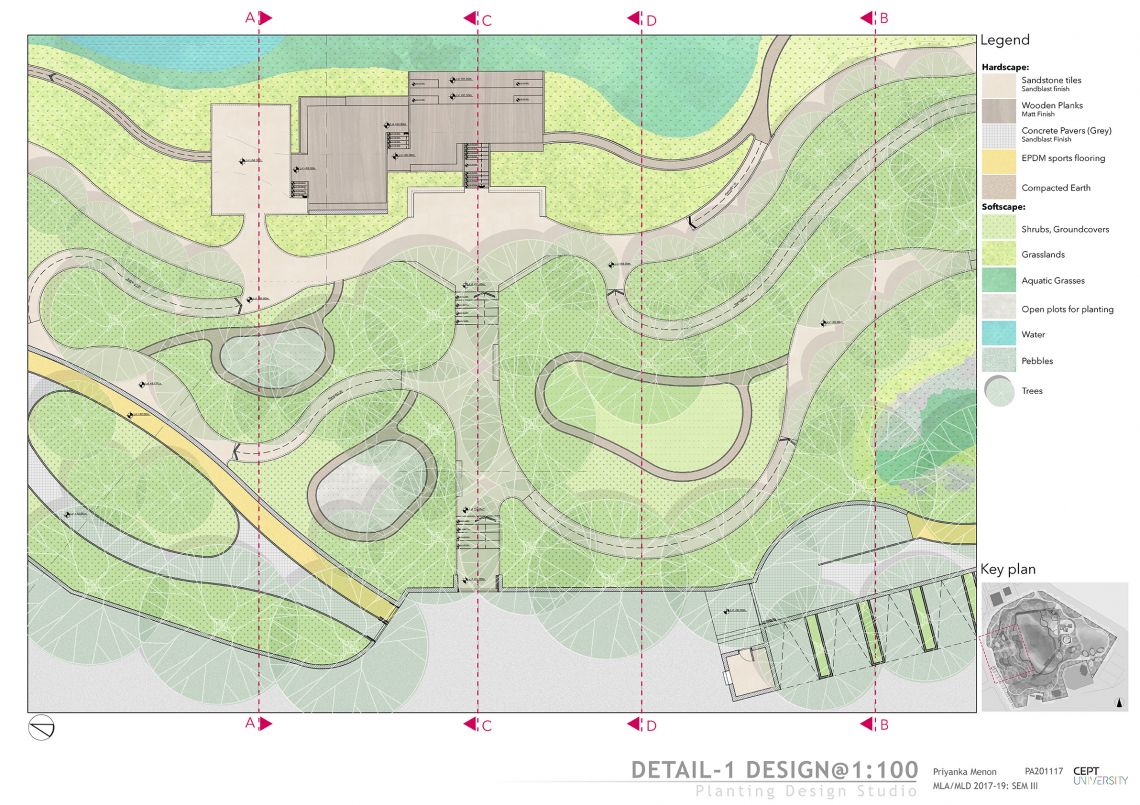Your browser is out-of-date!
For a richer surfing experience on our website, please update your browser. Update my browser now!
For a richer surfing experience on our website, please update your browser. Update my browser now!
Program: The demographic of Sinnar primarily falls in the Low income group where in an average family, the parents work in the industrial sector or in the farms in the vicinity. Also in close proximity to the site are 2 schools and numerous residential societies. The proposal for the site is to create a city level park focusing on the growth, development and education of the children. How should the park have an impact on the end use?1. Education: Develop responsibility and consciousness towards the environment Understand the basic importance of various natural elements such as soil, water, flora, fauna etc. 2.Play: Developing motor skills Positive social environments Creative learning
How should the park have an impact on the environment? The park should create its own small ecosystem, using vegetation native to Sinnar and Nashik. Where the species grown should have an impact on the microclimate of the park. This design can be implemented in multiple parts of Sinnar creating link between the various systems
Spaces: 1.Educational Spaces: Affiliation with nearby schools and other educational institutes. Educational walkways to educate the children on various aspects of nature such as butterfly trails, aquatic trails, tree trails, grass trails etc. where they learn the importance of different floral and faunal elements into making an entire ecosystem work. Plant Nurseries where the children can partake in care-taking for the plants and learn general gardening activities. Community planting of trees on the periphery during the construction of the park. 2.Play Spaces: 0-2 years: picnic space for parents, small niches of play spaces, sandpits, small mounds for crawling, nursery(shaded space) 3-7 years: climbing adventure play, water play, treehouses, open spaces to run freely, cycle track, play at different levels, music play 8-12 years: adventure trails, open lawns for sports, larger, larger mounds, outdoor graffiti walls, mix of education and play, cycle track and parking. Types of plants Peripheral plantation: Dense, Tall large canopies (drowns out the surroundings) Educational trails: variety of species having ecological significance- attracts biodiversity(except bees), colourful, different textures, distinct features, seasonal varieties, non poisonous/no thorns/safe if eaten Play areas: distinct plants with fascinating features, fragrant, edible, strong trees easy to climb, plants they can hide in, flowering, colourful, different textures, non poisonous/no thorns/safe if eaten.
